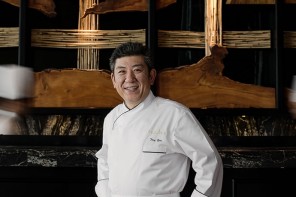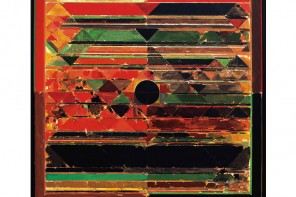Vasudeo S. Gaitonde, Tyeb Mehta, Ram Kumar and a few others’ works will be on display at The Taj Mahal Hotel, New Delhi 28 November on, for three days. The travelling showcase will hit the shores of Chennai next, before culminating in Mumbai, for Christie’s third consecutive India Sale, on 15 December. The India Art Sale comprises at least a hundred artworks, including a section dedicated to Classical Indian Art, to commemorate the 20th anniversary of Christie’s presence in India.
To celebrate that, and much else, we got together with Ms. Sonal Singh, Head of Department, South Asian Modern and Contemporary Art, Mumbai. In her 9th year with international auction house Christie’s, Singh has some extraordinary tales to share, from her childhood and her most cherished painter’s. A Central Saint Martins, London alumnus, Sonal Singh has studied Art History at Christie’s, and is currently based out of Mumbai.
1) The work of international auction houses has changed the way we perceive art in India- your comments?
We’re constantly travelling, we’re constantly looking for really good material to include in our sales. The current sale has a 100 works. That means we’re going to have a 100 buyers. But we hope a lot more people come in, whether they bid or don’t bid. It’s a rare chance to see such works under one roof.
We spent a year building the sale. It’s open to the public. We have 41 artworks on view downstairs (at The Taj Mahal Hotel). We encourage everyone to come and look. And I think your interest begins there. We’d be very happy if people associate Christie’s with really good art whether they’re coming or not, to buy, if they’re coming to see.
2) Tell us about the artists popular with collectors.
Collectors are very open-minded, and very interested to learn and see. We only take works that have been either with collectors, or corporate collections. And we don’t work with artists; we tend to be one step removed from younger artists. We tend to handle works of older artists, people like Gaitonde, Tyeb Mehta. They’re always in demand. And I think these are artists who’re always on our wish lists, and who we’d always like to have in an auction. They become rarer to find, it’s not so easy to get a painting by Gaitonde, or Tyeb Mehta. But at the same time we’re also interested in bringing artists that might not have been recognized, like Indra Dugar or Dhirendra Dev Burman, who people know, but might not be looking at as actively as they may be looking at Abanindranath Tagore.
3) What should one look for and seriously consider when investing in art?
I think you have to buy what you like. I think you have to know the market. You need to understand what’s going on. Auctions are a very public platform, so you can understand or see prices, which are very public. Similarly, you have to look at galleries, you have to look at museums. You need to understand the history, why a work is important, how do works become important. But you also need to set a budget as a collector, or even as an investor.
4) How would you say the Indian art scene is perceived abroad?
It’s growing. We’ve got two shows right now, in Europe, of Indian artists. Gaitonde’s at the Guggenheim in Venice, Nasreen Mohamedi is in Madrid, at the Reina Sofia. And these are really serious institutions. So we are becoming more popular. It’s slow, but it’s happening. And I think even Indians abroad are actively collecting art. And that support helps too.
What we’ve seen is, people who’ve been collecting modern and contemporary are now opening up to collecting classical. That’s also one of the reasons why we have classical. In India, and abroad, we found that there is a shift, some sort of cross-category buying. People from both categories are looking, which is quite interesting – to have a Gaitonde painting and a Chola bronze in the same collection – that’s fascinating.
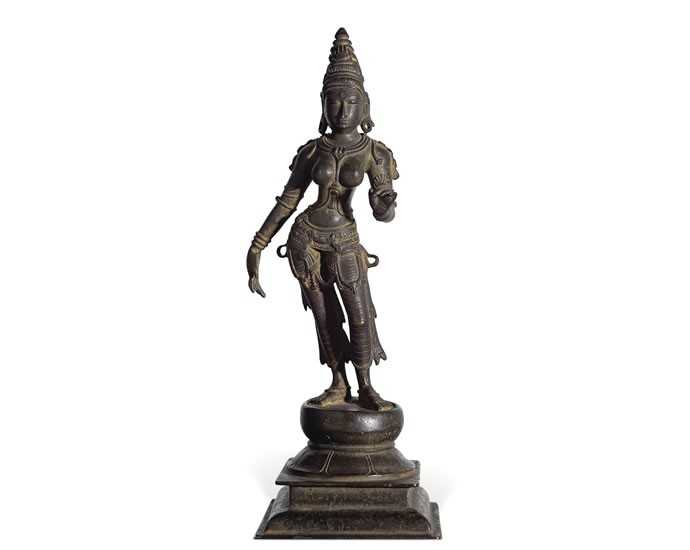
5) We hear Syed Haider Raza’s ‘Bindu’ is one of the Auction’s highlights. We’d love to hear your thoughts on it..
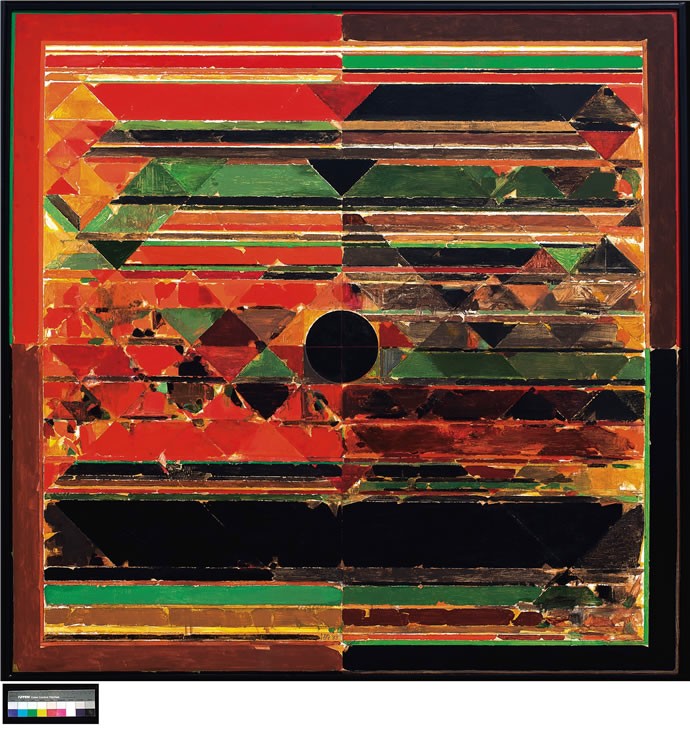


It’s the second most expensive, most expensive is the Gaitonde, which is a 12-15 crore. This one is 10-15. I think they’re both spectacular works. We did sell a painting, larger, by Raza about 5 years ago, for about 3.2 million. That was also 1983, so it’s comparable. We’ve not found a work like that. It’s taken us five years to get to this. So I think, just the rarity, the complexity! I think for Raza, it’s a good period; he’s coming into this ‘bindu’ form. “Bindu” is very important, it was the genesis, it holds everything for him.
There’s a story- when he was a kid, his teacher would draw a dot on the wall and say, “now you focus on this.” I read that it was his punishment and he’d be standing for hours, focusing. All creation comes from this.
I personally find, and most people will also agree, that it’s a fantastic size, and also very rare.
6) Could you tell us a bit about the works travelling to New Delhi for their public display at The Taj Mahal Hotel?
It’s a group of highlights. We haven’t brought the classical works here. For classical works, we have to inform a number of governmental bodies if we’re moving the works around. And we follow all sorts of regulations. And because it’s only three days, we thought to keep it simple.
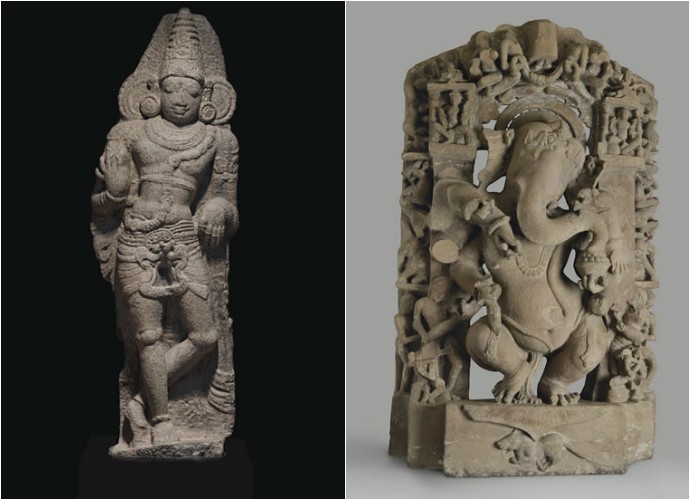


The Raza is here, Gaitonde is here, we’ve got two Tyeb Mehta’s, we’ve got some Bengal school works, Ram Kumar. Ram Kumar is an artist from Delhi, and there’s a story. There was a painting he made in 1960. And Ram Kumar was mainly doing figurative work at that time, which is actually very popular at the moment. ’61 is the transitional phase, and he starts looking at landscapes. But there’s still some sort of figuration. And a collector of ours had bought a painting from ’61, or what he thought was ’61. And it’s a landscape with some sort of figuration. One day he was looking at the back of the painting, and he thought there’s something there, because it was a plain white color. He took it to the restorer, and the restorer started to clean it. He said there’s something at the back of it. In the process of cleaning, they discovered there a painting from 1960 on the back! So the artist was so poor at that time, or they just didn’t have the means. He painted on the one from 1960, using the other side to make another painting. And now we’ve got this work on offer. These are the stories that I think make the sale. You’re really collecting history.



7) What would be your advice to the art curious, or how could you popularize art among the young generation?
I think it’s a lot to do with exposure. Like my parents were interested in art, and they’d take me to museums. I used to paint but spending days in museums and churches can be torturous when you’re a little kid! But somewhere it stuck with me. Somewhere it sticks with you, and when you grow up, it’ll come back. And you begin to appreciate it.
Even if you’re looking, it’s a really big step. And of course, the next step would be to have art education.
8) And lastly, your favorite piece from the India Art Sale…
Each one has a story. We get involved with everything, we know the owners, we’ve spent time on all of these. People are so sentimental about their works. So, everything is special for me.
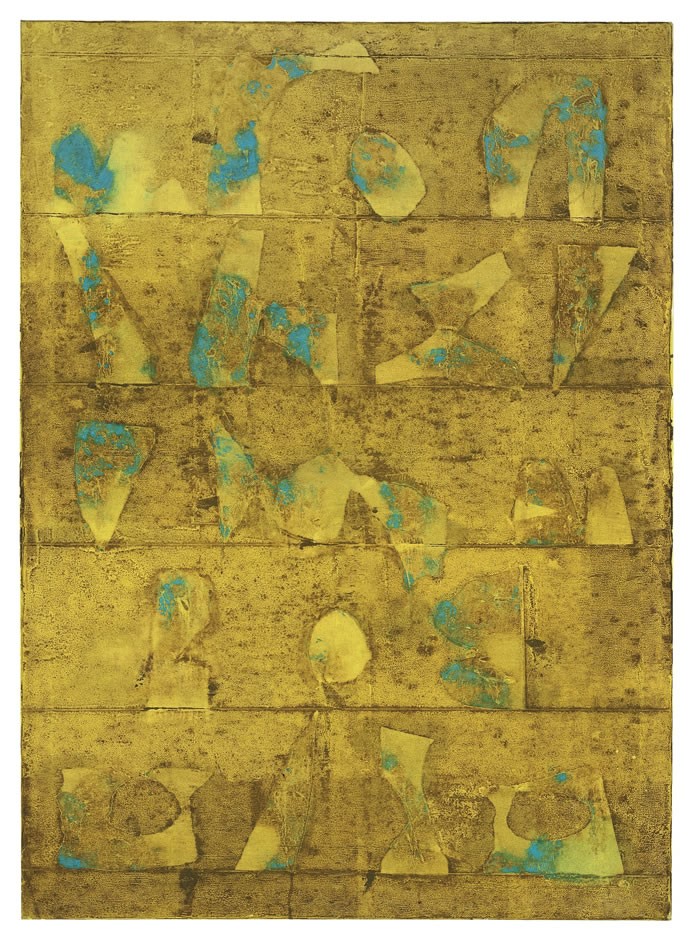


Maybe, the Gaitonde. I’ve known this work for a while, but our first auction we had a Gaitonde. It was different from this, but that was our first auction. It was my first auction. And then we broke the world record for Indian art. Let’s see what this one does. Also, this is something I worked on for a long time, for the auction. And I love the painting.
On people and Christie’s
What’s happening is people are travelling a lot more and they are looking at art, and everything. Collections can be a lot of things, watches, wine, textile and several other things. And at Christie’s, we have 80 categories. You’d be surprised at what people are keen on collecting.
Internationally, if you see, Christie’s always has something, there’s always something going on. So you’re always learning, whether you are buying, or not. In a way, we are trying to do that here but on a small scale.
Our collector base is expanding rapidly. Last week we did a little preview in Poona. Next week we are in Chennai. Then the week after that, it’s Bombay. There are people active and interested all over.


